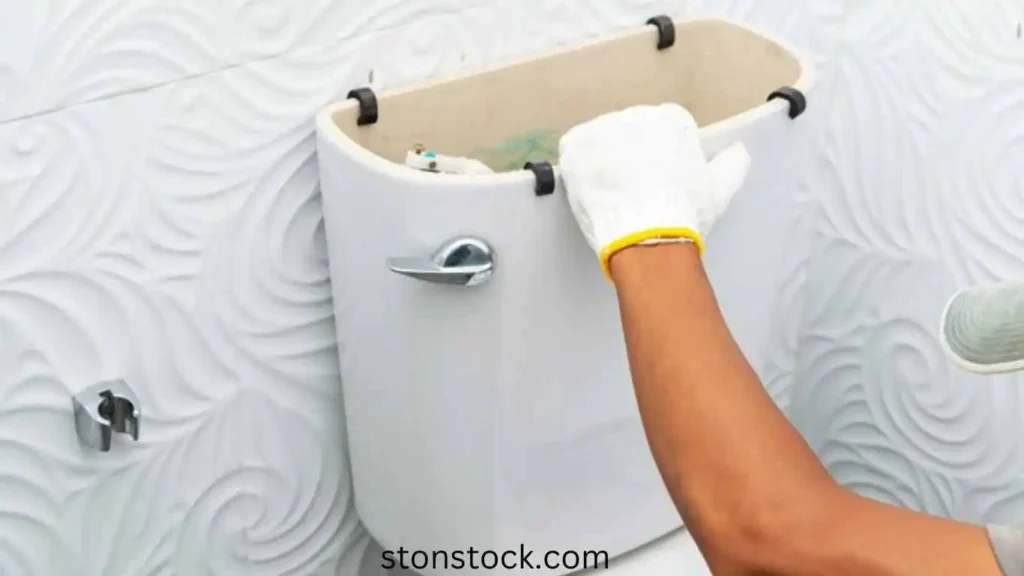How to Handle Toilet Flapper Troubleshooting in Your Bathroom
Can you tell if your toilet flushes itself? Is there a steady hum or a trickle of sound? Then you’re squandering water that isn’t necessary. Follow these steps to fix the leak in your handle toilet flange.

Check the Flapper
Take the cover off the toilet tank. Inspect the tank for the flapper, a thin metal or plastic chain connecting the flush handle to the rubber cover that sits above the flush valve seat at the base of the tank. You want the chain to be long enough for the flapper to shut all the way, but not so long that it gets caught. Keep an eye on the flapper when you flush the toilet. The water should be able to flow out once it lifts off the valve seat entirely. Once the flush cycle is complete, it should rest firmly on the opening, preventing any further water flow. Proceed with the troubleshooting of the toilet flapper if water is leaking through.

Clean the Flapper
It’s possible that mineral buildup is to blame for the poor seal. Turn off the water supply to the tank using the lever that is positioned on the wall behind it before you clean the flapper and valve seat. To empty the tank, flush the toilet. Put on some anti-slip gloves. Carefully remove the flapper and clean it with a scouring pad or an old toothbrush. Also, give the seat assembly a good scrub. Restart the water and see how everything turns out.
Replace the Flapper
It is necessary to replace the flapper if cleaning does not resolve the leak or if it has sustained physical damage. Turn off the water supply, empty the tank, and then remove the chain from the flapper. Get a new flapper that fits perfectly by taking the old one with you to the hardware shop. Before you turn the water back on and test the replacement, make sure the chain is reattached and that the new flapper is fitted.

Get in touch with a licensed plumber from Sobieski Services, Inc. if these toilet flapper troubleshooting steps don’t fix the problem.







